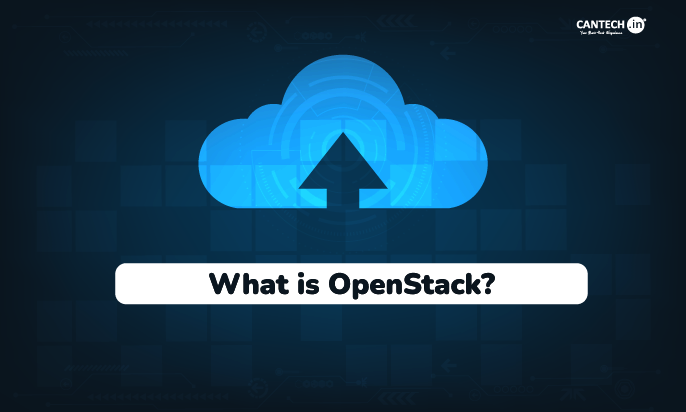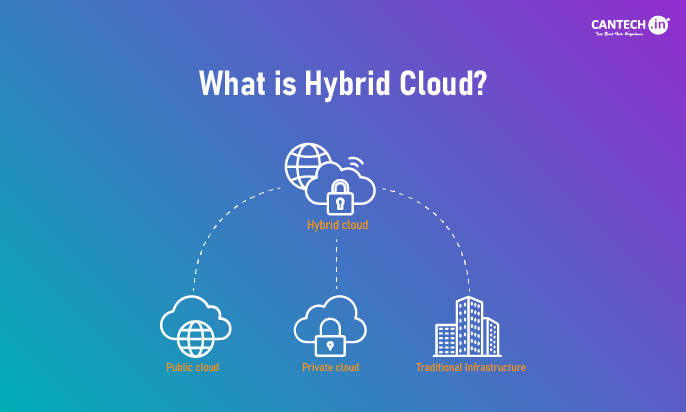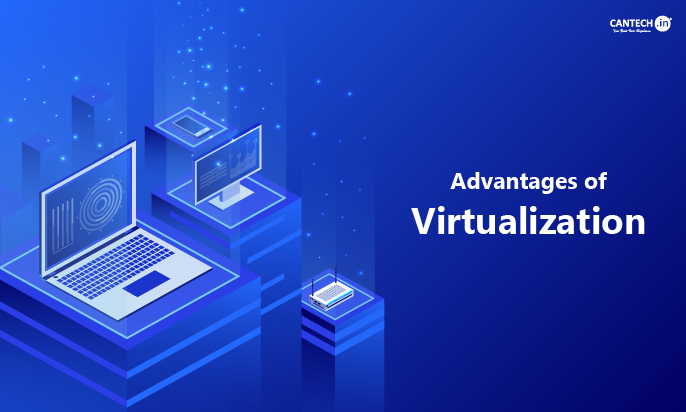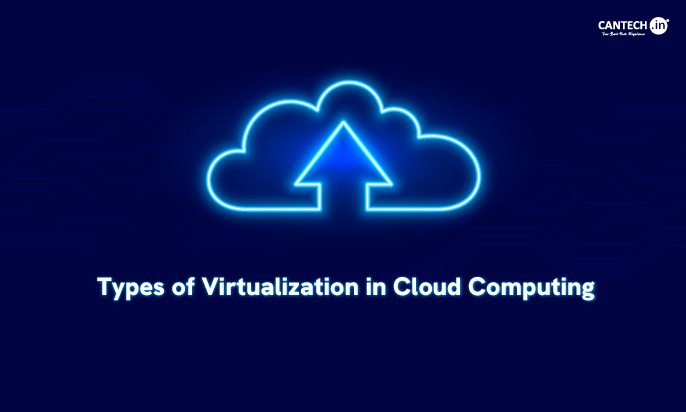OpenStack is the world’s most widely deployed and powerful open-source cloud operating system that was started in 2010, originally as a joint project between RackSpace Hosting and NASA to develop their first free, open source cloud management software. Their goal was to create an affordable solution for deploying virtualized cloud environments. Since then, it has evolved into a comprehensive platform capable of managing entire cloud data centres. Currently, over 4500 companies worldwide have adopted OpenStack as their Infrastructure-as-a-Service (IaaS) solution. Presently OpenStack is managed by the Open Infrastructure Foundation, with RedHat contributing to the ecosystem by offering tools and support for users deploying OpenStack alongside other technologies.
In the upcoming sections we will walk you through on what openstack cloud platform is, its uses and benefits and how they impact business.
What is OpenStack in Cloud Computing?
OpenStack is an open-source cloud operating system that provides infrastructure-as-a-service (IaaS) for both public and private clouds. It manages vast amounts of computing, storage, and networking resources in data centers, allowing businesses to deploy virtualized resources such as OpenStack virtual machines (VMs), containers, and bare-metal hardware via APIs, web-based dashboards, or command-line tools.
Unlike traditional virtualization that relies on hypervisors, OpenStack uses APIs to abstract hardware resources, enabling direct interaction between users, administrators, and cloud services.
OpenStack cloud platform’s architecture supports multi-vendor hardware pools, making it highly versatile and vendor-independent. This open-source platform has grown from a simple compute management tool into a complete cloud infrastructure solution that businesses can customize to their specific needs. As of 2024, over 45 million OpenStack cores are running in production environments, demonstrating its widespread adoption and reliability.
What are the Key OpenStack Components?
OpenStack is a large open-source project, and there are many separate components in this project such as:
Compute (Nova)
As the most basic and, at the same time, the most complex component of OpenStack, Nova communicates with virtualization tools and manages the creation, management, and removal of virtual machines via API. Nova components run in the background on Linux servers, helping virtualization technologies such as KVM, Vmware, Xen and Hyper-v, Linux container technologies such as LXC and LXD, and other OpenStack components to perform their tasks.
Object Storage (Swift)
Swift, the object storage component of OpenStack, is a scalable and distributed storage system. You can store your files, videos, images, virtual machine backups, and other unstructured data in Swift. With the help of the Swift API, you can send or receive data over HTTP. Swift ensures that it stores the copies when storing the data, thus preventing data loss by using the copied versions when a problem occurs in the servers.
Block Storage (Cinder)
Cinder is the block storage service of OpenStack, providing virtual storage for virtual machines in the system. These virtual storage areas are kept separate from the servers to protect data even when the server is deleted. Users can add or expand new disk space to virtual machines running on the Horizon interface.
Image Service (Glance)
Glance, the image service of OpenStack, provides the management of disk images. These images are used as templates for newly installed servers. Glance also receives backups of servers, and it can create new servers with received copies. It can back up different types of storage but generally uses OpenStack Object Storage. Glance service supports raw, aki, ami, ari, iso, qcow2, vhd, vdi, vmdk, ovf image formats.
Identity Service (Keystone)
Keystone is the authentication and authorization system of OpenStack. All OpenStack components use Keystone service to query which users are authorized to use the cloud services. The Keystone unit supports many methods, including username and password information or token-based authentication, to verify credentials. It can be integrated with systems like LDAP.
Dashboard (Horizon)
The Horizon service provides a web-based user interface for many operations. This interface makes it easy to create instances, security settings, network settings, etc. It assists service providers and other commercial vendors with third-party services such as monitoring, billing, and administration tools. Developers may automate OpenStack resource management tools using either the EC2 compatibility API or the original OpenStack API.
Networking (Neutron)
Neutron is the network service within OpenStack. It enables the management of the virtual network structure in the cloud (such as subnets, routers, firewalls, IDS VPNs). With Neutron, users can create their networks and connect different networks. Developers can implement SDN technology to achieve high degrees of multi-tenancy and huge scalability.
Neutron also provides an extension architecture that allows for the deployment and management of various network services such as virtual private networks.
Data Collection (Ceilometer)
Ceilometer allows the collection of data generated by OpenStack services. These data can be used for processes such as customer invoicing and system monitoring. Developers can collect data by monitoring notifications from existing services and configuring the type of data to match their operational needs.
How Does Openstack Work?
OpenStack’s workflow involves a series of processes and interactions between its various components to provision and manage cloud resources effectively. Here’s a typical overview of how OpenStack works.
User Request
Users initiate requests to create or manage resources (e.g., virtual machines, networks) through the Horizon dashboard or via APIs.
Authentication
All requests are authenticated through Keystone, the identity service. Keystone verifies user credentials and assigns roles and permissions.
Resource Provisioning
- Compute (Nova): When a user requests a new instance, Nova interacts with Glance to retrieve the required image for the instance. It schedules the instance on an appropriate hypervisor.
- Networking (Neutron): Neutron sets up the necessary networking configurations, including creating virtual networks, subnets, and routers as specified in the user request.
- Storage (Cinder/Swift): If persistent storage is required, Nova communicates with Cinder to allocate block storage volumes or Swift for object storage.
Instance Launch
Once all components are configured, Nova launches the instance on the selected hypervisor, integrating it with the requested networking and storage services.
Monitoring and Management
- After provisioning, OpenStack uses telemetry services like Ceilometer to monitor resource usage and performance metrics.
- Administrators can manage instances through Horizon or CLI tools, adjusting resources as needed.
Orchestration (Optional)
For more complex deployments, users can utilize Heat, which allows them to define infrastructure as code using templates. This automates the deployment of multi-tier applications.
Scaling and Maintenance
- OpenStack supports scaling resources up or down based on demand. Users can modify instance types, add storage, or change network configurations dynamically.
- Maintenance tasks such as updates or backups can be performed without significant downtime due to OpenStack’s architecture.
OpenStack is a game changer for businesses, providing exceptional scalability and flexibility to meet changing demands. Its open-source platform offers businesses the ability to create cost-effective, secure, and configurable cloud environments, resulting in greater innovation and operational efficiency. OpenStack’s broad expansion capabilities enable organizations to effortlessly adapt to expansion, maximize resource use, and remain competitive in a constantly changing technological environment.
FAQs
What are the primary uses of OpenStack?
OpenStack is used to manage and automate cloud resources like compute, storage, and networking. It helps organizations build scalable public, private, or hybrid cloud environments and supports multi-tenancy and application hosting.
Who uses OpenStack?
OpenStack is used by businesses, government organizations, telecommunications companies, cloud service providers, and research institutions. Companies like AT&T, PayPal, and CERN rely on OpenStack for their cloud infrastructure.
What is an open-source cloud operating system?
An open-source cloud operating system is a free, collaborative software platform that manages cloud resources. OpenStack is a leading example, enabling users to deploy and operate scalable cloud environments.
What is an OpenStack platform provider?
An OpenStack platform provider offers services, tools, and support to help organizations implement, deploy, and manage OpenStack-based cloud solutions. Providers ensure optimized and seamless OpenStack integration.
Who are some well-known OpenStack platform providers?
Major OpenStack platform providers include Red Hat OpenStack, Canonical (Ubuntu OpenStack), Mirantis, and SUSE OpenStack Cloud, offering enterprise-grade tools and support.
What is OpenStack used for?
OpenStack is used for building and managing private, public, and hybrid clouds. It supports virtualization, container orchestration, software-defined networking, and storage, enabling cost-effective and scalable cloud solutions.
Simplify Cloud Deployment with Cantech Cloud
Cantech Cloud, the ultimate PaaS for developers, offers instant deployment for Java, PHP, Node.js, Python, and Docker applications without code changes. Enjoy auto-scaling, seamless DevOps, and cost savings of up to 80% with a pay-as-you-use model. Deploy apps in seconds, backed by 99.99% uptime, 24/7 support, and top-tier security.
Ready to transform and simplify your cloud journey? Contact us today!







